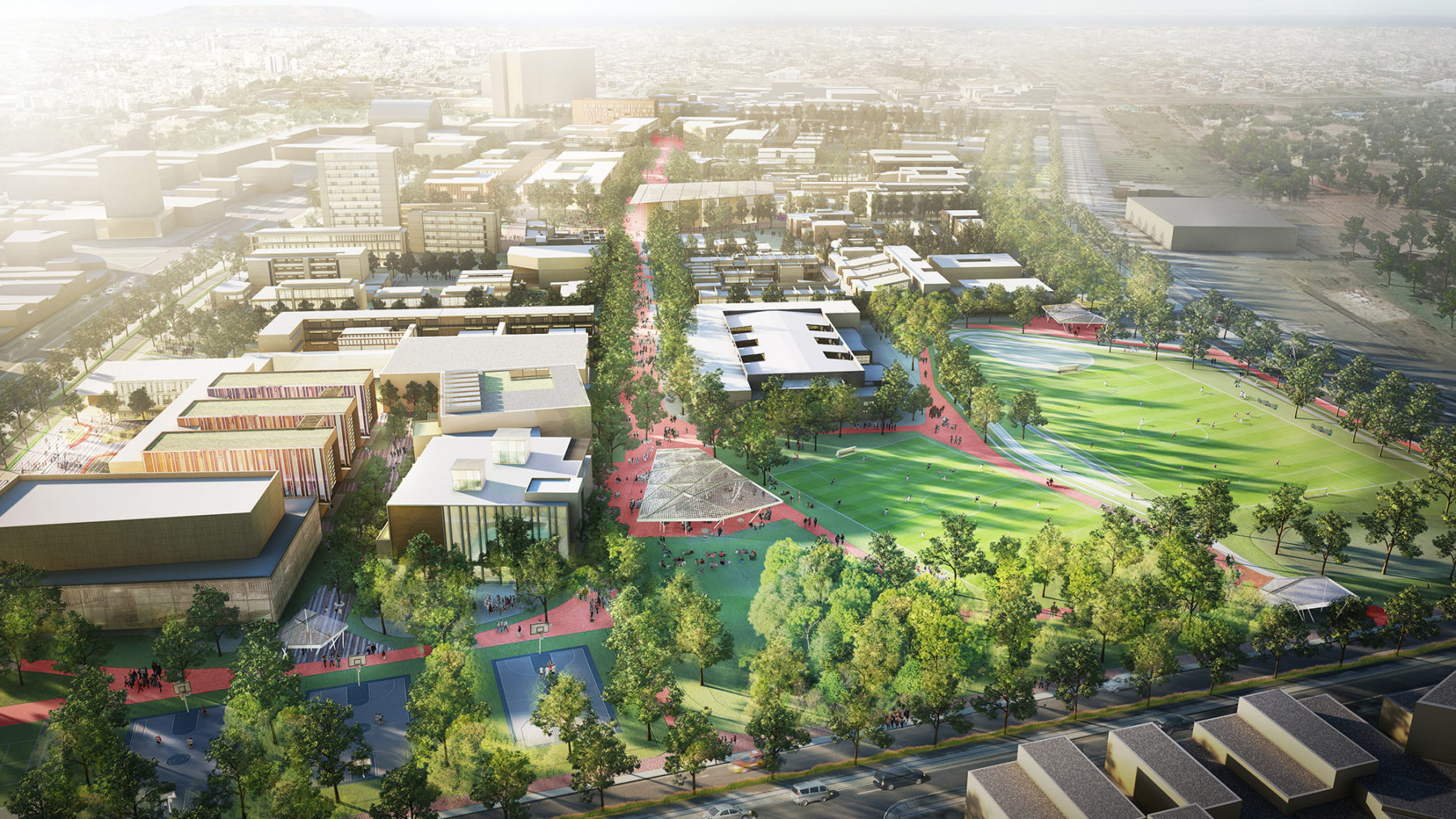Can Data Have a Heart?
In the midst of the complex societal issue of homelessness, urban parks can often be the visible and symbolic front line.
 Sasaki
Sasaki

Good planning and design is defined by an ability to anticipate and model the future impacts of current project intentions; in that way, good design is inherently sustainable. Designing for sustainability ensures a project’s endurance, longevity, adaptability and resiliency. Sustainability isn’t a choice; it’s a fundamental aspect of quality design. If it’s not at the core of our intentions, then we simply aren’t doing good work.
This piece originally appeared in NEREJ.
Data has become invaluable to the way we think about sustainability in design, as planning and BIM tools help us take a broad approach to achieving high standards of sustainability. These strategic tools help us plan for the future and offer metrics to measure our success. Using data thoughtfully should be considered part of a holistic approach to sustainable design. Here’s why:
Data informs our design: Data—and the right tools to analyze large quantities of it—can be incredibly powerful in the architecture and design field, especially when it comes to implementing sustainable design practices. Tools like BIM-based programs or Dynamo provide the opportunity to organize, prioritize and set goals for a project as we’re designing. At Sasaki Associates, our strategies team creates custom software tools to help meet project-specific needs. Leveraging software to calculate a wide variety of variables helps us build on a solid foundation of informed goals rather than uninformed assumptions, enabling a more sustainable outcome. At a campus scale, during the planning of a new master plan for the Catholic University of Peru, we used custom analytical tools to map the amount of existing teaching space inventory, and to model the actual utilization, preferences and patterns of use of each of its spaces. Contrary to the established perception at the institution, we demonstrated that with key improvements in specific areas the available teaching and learning spaces were more than sufficient for the university today and for the next fifteen years of projected growth.
Data helps us anticipate and plan for the future: Before launching a design process, it is imperative to have a thorough understanding of the relationship between the project site and its context. We can use data to get even more context and site-specific in our planning, harnessing its power to ground our projects and develop the most sustainable approach possible for that particular site. For example, conducting interactive surveys with mapping capabilities help us understand patterns and behaviors of large user populations (a university campus, a large corporate work force) and the way they interact with their immediate neighborhood or larger metropolitan or regional context. The use of these tools has been extremely helpful in finding solutions for alternative transportation (shuttle systems, carpooling, etc.), optimizing parking strategies and making the case to municipal authorities to promote critical changes to public transportation systems. The ability to accurately represent and illustrate how people interact with public infrastructure and buildings currently, combined with the ability to model the effects of a larger projected population for the same purpose is one of the ways in which data visualization can allow us to influence choices for the built environment.
Identifying or stating a problem and then modeling choices, strategies and sustainable solutions that begins in the early planning of a project, and we see this through the phases of development while evaluating other aspects that affect our designs such as long term use goals, maintenance and overall financial impact.
Each project also gives us insight for the future: the latest performance monitoring and analysis software tools offer a post-occupancy analysis that wasn’t even possible a decade ago.
Thinking about data holistically: Enabled by greater data transparency and more powerful tools for modeling and virtualization, we are now able to provide more holistic, systems-thinking approaches to sustainable design. Powerful modeling tools combined with greater data access and actual performance data create integrated performance feedback loops that are rapidly accelerating building science fields.
Rather than debating whether a building should feature a green roof, we can instead accurately model a wide range of impacts particular to a climate and site and evaluate them against a complete set of project goals. This allows us to determine whether it’s best to spend those resources on a green roof or if greater benefits will be achieved elsewhere, relating to broader set of institution-wide goals that might include water savings, quality of surface water runoff, building energy performance, biodiversity, property value, human health, mental health, greenhouse gas emissions, acoustic comfort or ease of maintenance.
The design industry is just now developing effective methods for modeling the complex interrelationships and impacts of our design decisions. The future of sustainable design embraces data and the power that comes with it.